How Much Does Solar Panels Cost?
The cost of solar panels is a topic of significant interest for many homeowners and businesses looking to reduce their energy bills and carbon footprint. Understanding the various factors that influence the cost of solar panels can help potential buyers make informed decisions. In this article, we will delve into the different aspects that affect the cost of solar panels, including the price of the panels themselves, installation costs, potential savings, and financial incentives. By the end of this article, you should have a comprehensive understanding of what to expect when considering solar panels for your property.
Factors Influencing the Cost of Solar Panels
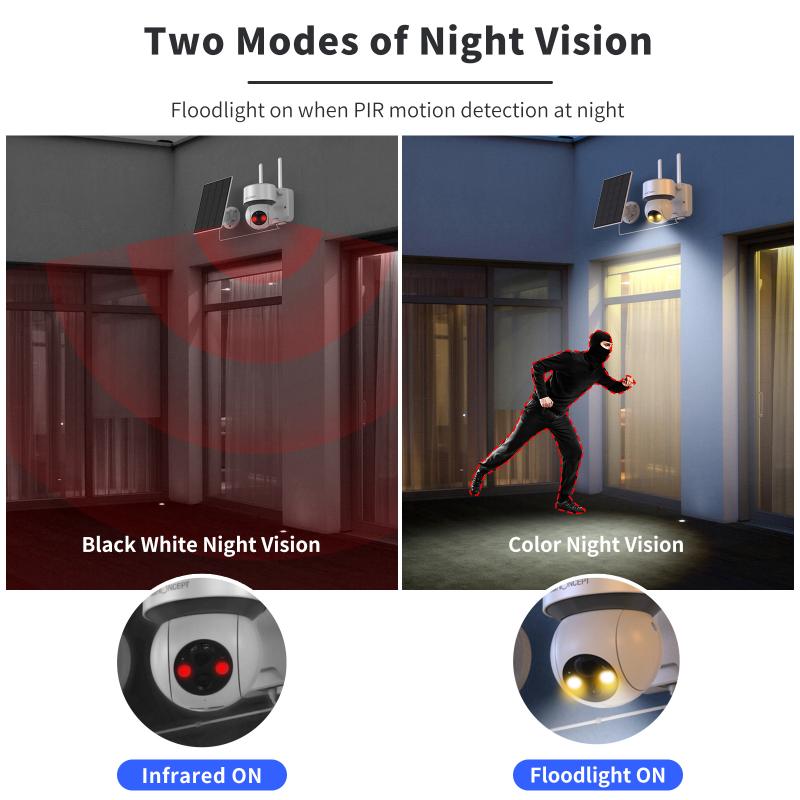
1. Type of Solar Panels
There are primarily three types of solar panels available in the market: monocrystalline, polycrystalline, and thin-film. Each type has its own set of advantages and disadvantages, which also affect their cost.
- Monocrystalline Panels: These are the most efficient and durable type of solar panels, but they are also the most expensive. They are made from a single continuous crystal structure, which allows them to convert sunlight into electricity more efficiently.
- Polycrystalline Panels: These are less efficient than monocrystalline panels but are more affordable. They are made from silicon crystals that are melted together, which makes them less efficient but cheaper to produce.
- Thin-Film Panels: These are the least efficient but also the least expensive. They are made by depositing one or more layers of photovoltaic material onto a substrate. They are flexible and can be used in a variety of applications, but they require more space to generate the same amount of electricity as monocrystalline or polycrystalline panels.
2. System Size
The size of the solar panel system you need will significantly impact the overall cost. The system size is usually measured in kilowatts (kW), and the larger the system, the higher the cost. However, larger systems often benefit from economies of scale, which can reduce the cost per watt.
3. Installation Costs
Installation costs can vary widely depending on several factors, including the complexity of the installation, the type of roof, and the location of the property. Labor costs can also vary depending on the region and the experience of the installation team.
4. Location
The cost of solar panels can also vary depending on your location. Some areas have higher labor costs, while others may have more favorable conditions for solar energy, such as more sunlight or better state incentives.
5. Incentives and Rebates
Many governments offer financial incentives to encourage the adoption of solar energy. These can include tax credits, rebates, and grants, which can significantly reduce the overall cost of installing solar panels. It is essential to research the incentives available in your area to take full advantage of these opportunities.
Average Cost of Solar Panels

As of 2023, the average cost of solar panels in the United States is approximately $2.50 to $3.50 per watt. This means that a typical 6 kW residential solar panel system would cost between $15,000 and $21,000 before any incentives or rebates. However, after applying the federal solar tax credit, which is currently 26%, the cost can be reduced to between $11,100 and $15,540.
Potential Savings
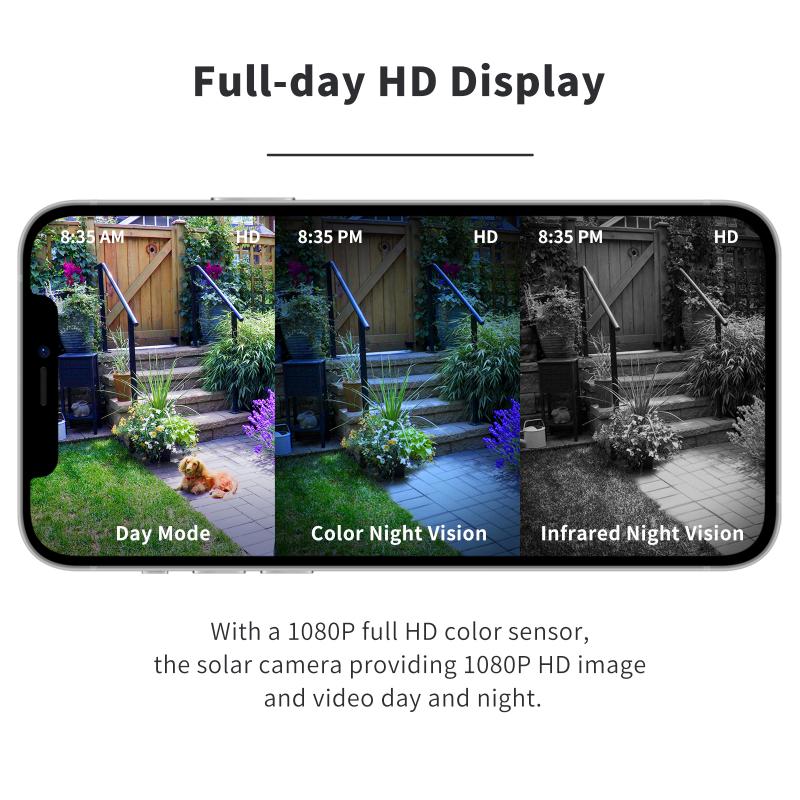
One of the main reasons people invest in solar panels is the potential for long-term savings on their energy bills. The amount you can save depends on several factors, including the cost of electricity in your area, the amount of sunlight your property receives, and the size of your solar panel system.
On average, homeowners can save between $10,000 and $30,000 over the lifetime of their solar panel system. These savings can be even higher in areas with high electricity rates or generous state incentives.
Financing Options
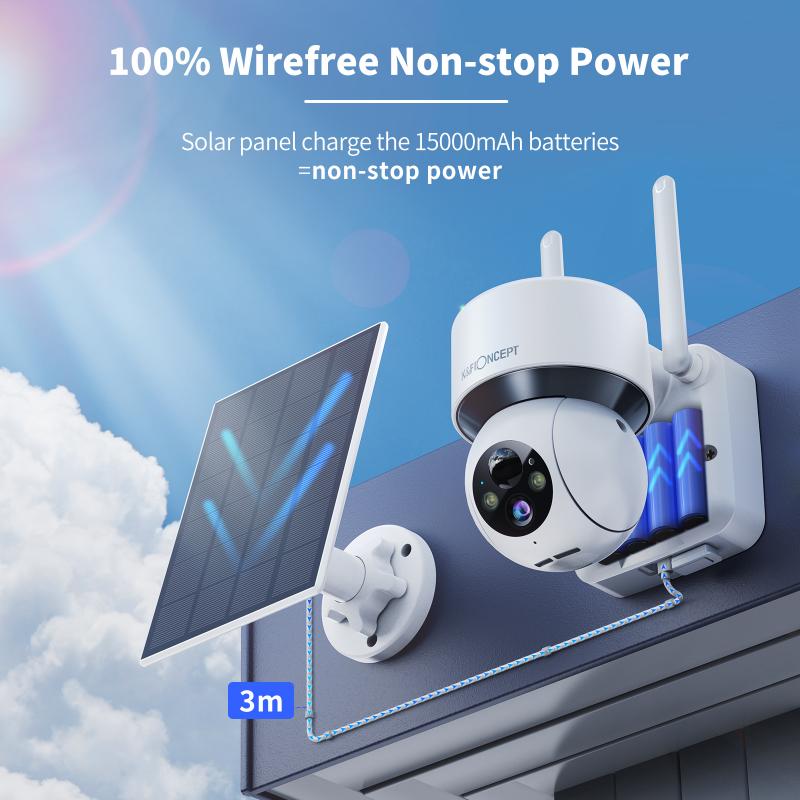
There are several financing options available for those who want to install solar panels but may not have the upfront capital to do so. These include:
- Solar Loans: Many financial institutions offer loans specifically for solar panel installations. These loans often have lower interest rates and longer repayment terms than traditional loans.
- Leases and Power Purchase Agreements (PPAs): With a solar lease or PPA, a third party owns the solar panel system, and you pay a monthly fee to use the electricity it generates. This can be a good option for those who want to avoid the upfront costs of purchasing a system.
- Home Equity Loans: If you have equity in your home, you may be able to use a home equity loan to finance your solar panel installation. These loans often have lower interest rates than other types of loans.
Maintenance and Lifespan
Solar panels are relatively low-maintenance, but they do require some upkeep to ensure they continue to operate efficiently. Most solar panels come with a warranty of 25 to 30 years, and they typically lose about 0.5% to 1% of their efficiency per year. Regular cleaning and inspections can help extend the lifespan of your solar panel system and ensure it continues to generate electricity effectively.
The cost of solar panels can vary widely depending on several factors, including the type of panels, system size, installation costs, location, and available incentives. While the initial investment can be significant, the potential for long-term savings and the environmental benefits make solar panels an attractive option for many homeowners and businesses.
By understanding the various factors that influence the cost of solar panels and exploring the available financing options, you can make an informed decision that best suits your needs and budget. With the right approach, investing in solar panels can be a financially sound and environmentally responsible choice.


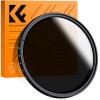

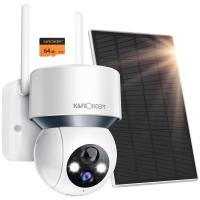
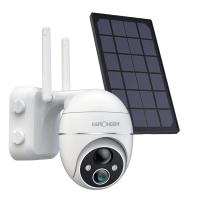



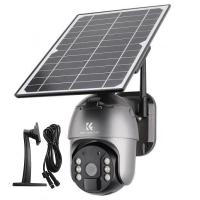
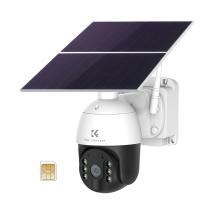
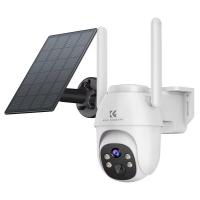
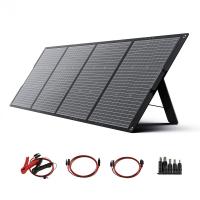





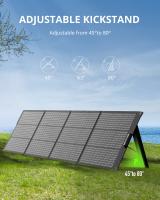

There are no comments for this blog.